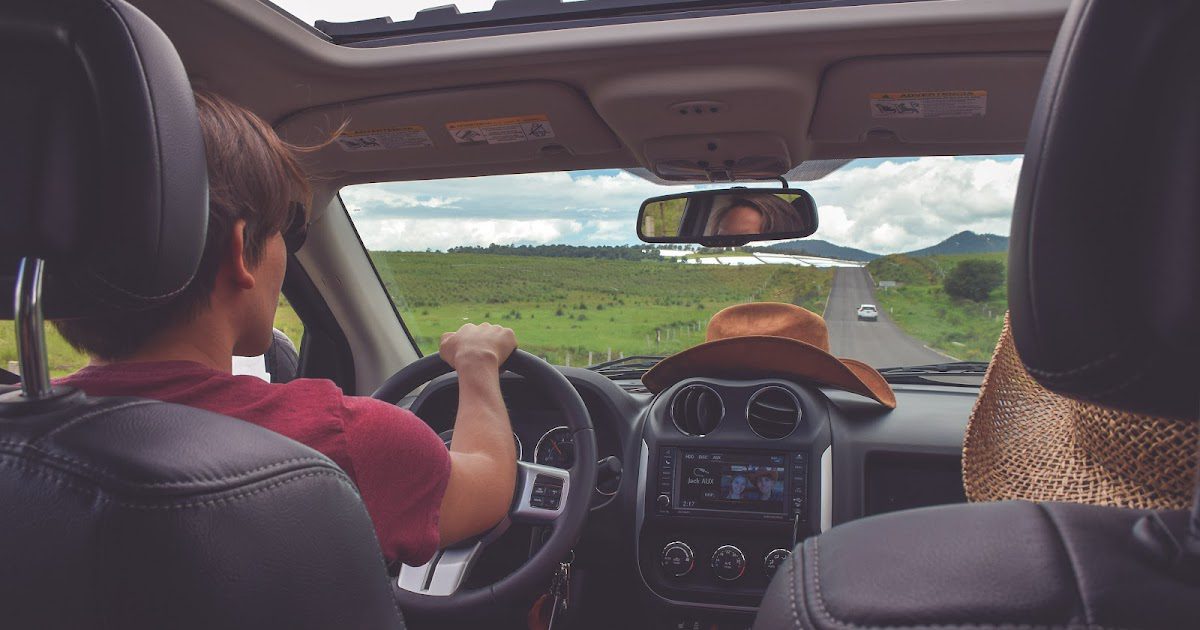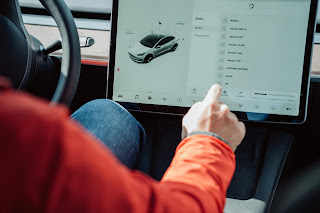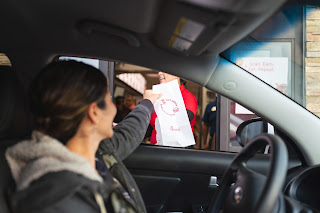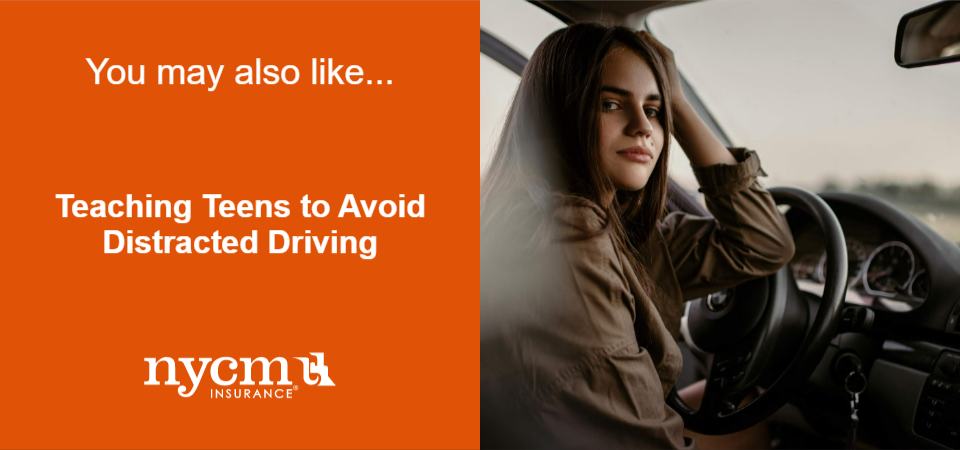What Distracts Us When We Drive?

Distractions Are Everywhere When Driving. Read
About 4 Common Distractions and How to Avoid Them.
Most people know about the perils of distracted driving and the importance of
keeping your focus on the road and its surroundings. But despite the growing
awareness around the dangers of multitasking and operating a motor vehicle, distracted driving was
responsible for 3,142 deaths and more than 400,000 injuries in 2020 according
to the National Highway Traffic Safety Administration.
There are a number of things to remain aware
of when behind the wheel of a motor vehicle, and unfortunately a growing number
of distractions make it difficult for us to maintain our focus on the road. As
vehicles are becoming equipped with new technologies like digital displays, backup
cameras, GPS, and bluetooth capabilities, it may seem even more challenging to
keep yourself from being sidetracked from driving.
But staying vigilant on the road can be a
matter of life and death, and it’s important to know what can distract you to
prevent you from letting your guard down. Continue reading to learn about
common distractions to be wary of when driving your vehicle!
Cell
Phones
 It probably comes as no surprise that the
It probably comes as no surprise that the
biggest distraction for motorists are cell phones. Cell phones are a big part
of our everyday lives, allowing us to be connected to one another at any time. But
behind the wheel of a motor vehicle, a cell phone can be a deadly distraction—according to the NHTSA, “Sending or reading a
text takes your eyes off the road for 5 seconds. At 55 mph, that’s like driving
the length of an entire football field with your eyes closed.”
It’s a good idea when driving to keep your
cell phone at arm’s length, or on Do Not Disturb, until you’ve reached your
destination to avoid any temptation that might arise if a call or text comes
in. All it takes is one quick moment for an accident to occur that could alter your life
forever; play your part in keeping the roads safe by putting your cell phone
away for the ride. If you do need to place a call or text on your cell phone
while on the road, always pull over first.
Radio,
GPS, and Climate Control
 As the ongoing innovation of vehicle
As the ongoing innovation of vehicle
technology has made commutes more comfortable and convenient, the newer features
also add to the potential distractions in your car or truck. When you take a
moment to adjust things like the music, directions, and temperature while
driving, it requires you to take your eyes off the road and may leave you vulnerable
in the midst of traffic.
Before you leave your driveway, prepare your vehicle and devices so that you
won’t need to fuss with them on your route. Set your radio to a station,
playlist, or channel that you will be happy with for the duration of your
commute. If you require directions, set up your route on your GPS before you
leave your driveway, including any pit-stops you plan to take. And try to get
your climate control to a comfortable setting before you hit the road so that
you aren’t trying to find that happy medium while traveling.
Food
and Drinks
 Most people are guilty of stopping at a
Most people are guilty of stopping at a
drive-through on a road trip for a quick meal without having to spare valuable
time. After all, many people spend a great deal of time in their vehicles and
there are few things more convenient than stopping at a drive-through and
grabbing a quick bite to eat. But no matter how badly you may want to eat those
hot and fresh french fries right out of the bag, eating while driving should be
avoided so that you don’t compromise your ability to drive and react.
When you’re driving there can be no way to
predict what will happen with the drivers and pedestrians around you. And while
it may not seem overly risky to enjoy a little bit of food behind the wheel,
doing so sacrifices your ability to respond quickly to whatever is happening
around you.
If you must eat while out on the road, pull
over so that you can fully enjoy your meal before going on to drive safely and
attentively. This may also save you a stain or two on your clothes and vehicle!
Passengers
 Driving a vehicle with passengers can add a
Driving a vehicle with passengers can add a
slew of distractions to your driving experience that you don’t experience when
you drive alone. Whether a driver is just having everyday conversation with a
passenger or a passenger is “backseat driving”, a passenger can be an added
obstruction to a driver’s task of focusing on the road.
Younger drivers are perhaps the most
susceptible to being distracted by passengers in their vehicle. In fact New
York State has a law prohibiting individuals with a junior
license from having more than one individual aged 21 or less in their vehicle
at a time, unless they’re an immediate family member. If you’re a young driver
who often drives with passengers, make sure your passengers know that with
driving comes an inherent responsibility to be aware, cautious, and safe on the
roads.
For teens new to driving, learning to avoid
distractions behind the wheel is an integral step. Click here to read our tips
for teaching teens to avoid distracted driving!








